The Anatomy of a Hemp Plant in Today’s Day & Age
For decades, people have been raving about the endless benefits of the hemp plant. Surprisingly though, some people may still be unsure what exactly hemp plants are.
There are a lot of misconceptions surrounding the hemp plant. For instance, many people assume that hemp plants used to make CBD oil and other legal supplements share the same psychoactive attributes as marijuana, but that is not the case at all.
The restrictions that surrounded hemp plants for so long may have prevented people from learning about the incredibly beneficial plant.
However, that all changed in 2018 when hemp products containing 0.3% THC or less were officially legalized by the US Farm Bill. The hemp plant is becoming increasingly popular in today's times, and now is a better time than ever to jump on board.
Understanding the anatomy of the hemp plant can be helpful for CBD consumers, CBD sellers, and anyone just looking to educate themselves about hemp as a therapeutic herbal remedy.
A Closer Look at the Anatomy of a Hemp Plant
Hemp plants can survive in almost every environment. When looking at the anatomy of a hemp plant, there are four main parts that come into play. The seed, stalk, leaves, and roots are all important components of the hemp plant and its correlating industry. Looking at an illustration is a helpful tool to view when breaking it down.

Starting at the top, the seeds sit at the upper base of the hemp, while the stalk runs through the center of the plant. The leaves and flowers decorate the plant, and the roots, as many could imagine, hold the hemp firmly with its natural powers and purposes.
Knowing the different parts of the hemp plant will allow people to better discern the specific functions of each section of the plant. Find out everything the CBD community will want to know about this anatomy lesson.
Our Top Trusted CBD Oil Pick
Joy Organics THC Free Gummies are our top CBD pick because of their potency and delicious flavor. Each gummy contains 10-25mg of organic CBD which helps you tackle whatever stresses life throws at you, on-the go. Interested shoppers can check out Joy Organics Gummies using the native shopping unit below. All purchases are made with and shipped directly from the brand.How Can Each Part of the Hemp Plant Be Used?
Hemp Seeds
Hemp plants are extremely advantageous, and that is partly due to the wide range in which the plant can be used. Hemp farmers probably understand this better than most. The seeds of a hemp plant are actually considered a superfood. Omega-3, Omega-6, vitamin B, vitamin E, calcium, potassium, and iron are just a few of the amazing supplementary sources found in the seeds of the plant.
The number of consumable goods that can be made with hemp seeds is just yet another reason these seeds have been making a splash in the marketing world. Hemp seed milk and hemp seed coffee beans are two tasty and resourceful examples.
Hemp Stalks
Traditionally speaking, people refrain from consuming the stalk of the hemp plant. Hemp stalks initially were used to provide an alternative to things like fiberboard, mulch, and animal bedding. However, more recently, the stalk of hemp has been used as a replacement for cotton in the clothing industry. By incorporating the stalk into the clothing, the products are able to better hold the shape as well as endure the washing process.
Hemp Leaves
In many ways, the hemp leaves are one of the most impactful components of the plant. After all, there are over 80 beneficial compounds like cannabinoids and terpenes that exist naturally within the leaves of hemp plants. Cannabidiol, CBD, is one of those profitable compounds.
There are two different pathways in which the leaves of a hemp plant can be utilized. Using steam to distill the leaves and flowers of the plant will result in hemp essential oils. The highly concentrated product has a reputation for its pungent aroma. Since it takes 50 pounds to make an ounce, this essential oil doesn't come cheaply.
Aside from the hemp essential oils, hemp leaves have been used as a nutrition supplement. As the Hemp Foundation outlined, “Raw hemp leaves are a source of nutrition as well. They are full of powerful antioxidants like polyphenols that help delay aging skin. The leaves are also rich in digestible globular proteins as well as Omega 3 and 6 fatty acids.” And it doesn't quite end there.
Hemp Roots
The usage of hemp roots can be traced back to ancient Chinese history. The hemp root contains glycoside, which is what makes this specific part of the plant so valuable. Glycoside is an organic molecule that is best known for clearing the body of detrimental toxins. For this reason, many ancestors used the root of the hemp plant to treat fevers and extreme bleeding. In the past, people have also used hemp roots to relieve arthritis and cramps. On top of that, the roots have been proven helpful in aiding eczema and all sorts of digestive problems. These are just a few of the reasons the hemp plant is known as the “miracle healer”.
How to Grow Your Own Industrial Hemp for CBD
After reading about all of the pros of the hemp plant, chances are you might be interested in learning more about the product and the CBD industry. Understanding how hemp is harvested will definitely be an asset for people who begin the journey of learning to grow their own hemp. This news story provides viewers with a fun and informative perspective on the intricate process involving the production of the hemp plant.
There are many steps that can be taken during the harvest process to ensure the quality of the CBD. People who are new to the industry want to be sure to keep a close eye out for the presence of any mold or mildew. This could be harmful to the process. Doctor George Place, a trusted hemp plant professional, cautions of this possibility and encourages creating individual branches during the drying stage. This photograph is a great example of the “umbrella shape” that hemp harvesters will want to avoid.
Testing the levels of CBD content on a weekly basis is also a smart move. This will be crucial to the timeline of a harvest. Once the harvest is nearing or ready, be prepared to sell and market products accordingly. Unfortunately, there will also be some things that are simply out of your control. Though you might not be able to change the weather, by being mindful of it and trying to predict forecasts and weather patterns, the hemp plants' chances of success and survival will hopefully increase.
There is no arguing that hemp plants are complex and multi-dimensional. By having an understanding of the anatomy of the plant anyone can see why it is such an amazing resource.
Sources:
- Sederer, Lloyd I. “9 Things That Matter about Psychoactive Drugs.” Scientific American Blog Network, Scientific American, 8 May 2018 https://blogs.scientificamerican.com/observations/9-things-that-matter-about-psychoactive-drugs/
- Farm Bill. USDA http://www.usda.gov/farmbill
- “Industrial Hemp.” Agricultural Marketing Resource Center http://www.agmrc.org/commodities-products/fiber/industrial-hemp
- Vivek, Vishal. “The Usages of Every Part of Hemp Plant.” Hemp Foundation, 30 Jan. 2020 https://hempfoundation.net/the-usages-of-every-part-of-hemp-plant/
- Seeds, Hulled, Hemp Seed Nutrition Facts and Analysis https://www.nutritionvalue.org/Seeds%2C_hulled%2C_hemp_seed_nutritional_value.html
- The People's History, The Thistle, 2000 http://www.mit.edu/~thistle/v13/2/history.html
- “What Is Hemp Fabric?” Sustainable Jungle, 9 July 2021 http://www.sustainablejungle.com/sustainable-fashion/what-is-hemp-fabric/
- Place, George. “How to Harvest and Dry Hemp for CBD Production.” NC Cooperative Extension News, 30 July 2019 https://catawba.ces.ncsu.edu/2019/02/drying-hemp-for-cbd-production/
- “For Some Hemp Farmers Banking on a 'Pot of Gold,' Harvest Is 'Disappointing'.” VTDigger, 26 Nov. 2019 https://vtdigger.org/2019/10/17/for-some-hemp-farmers-banking-on-a-pot-of-gold-harvest-is-a-disappointing-learning-experience/
Learn More About CBD

6 Benefits of CBD Oil for Athletes Who Play Impact Sports
Learn More
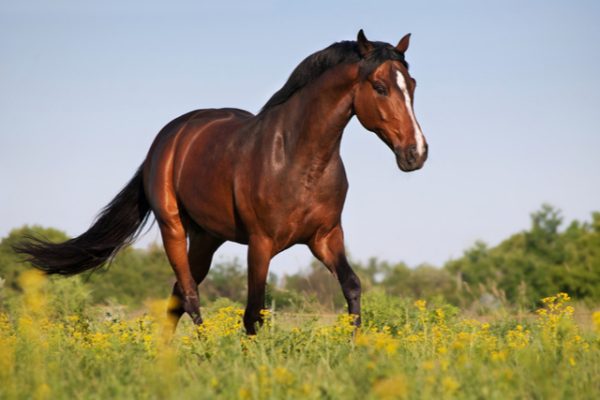
CBD and Horses: Benefits, Dosages, and More
Learn More

CBD and the NFL: CBD’s Impact on Football
Learn More

CBD and The NHL: The Lasting Impact of CBD on Hockey Players
Learn More
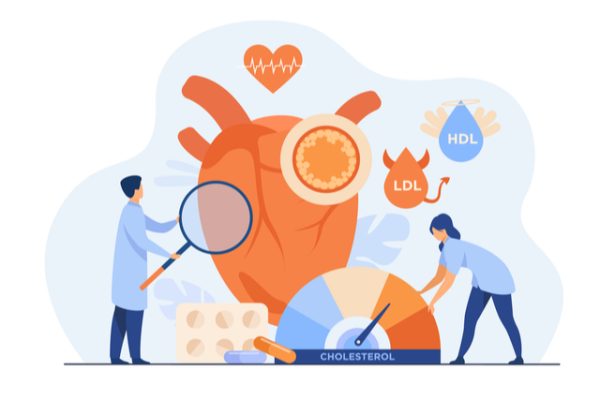
How to Use CBD Oil for High Cholesterol
Learn More
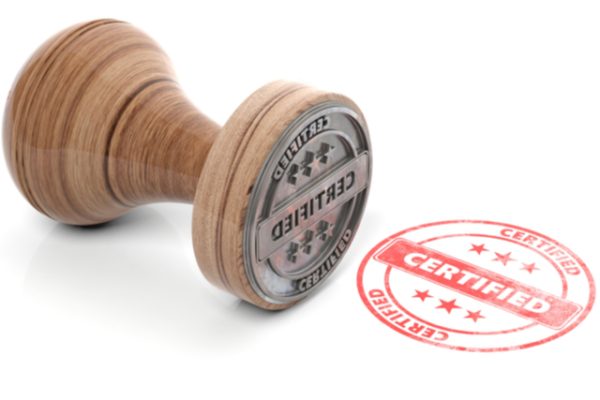
What does US Hemp Authority Certified mean? Does it matter?
Learn More
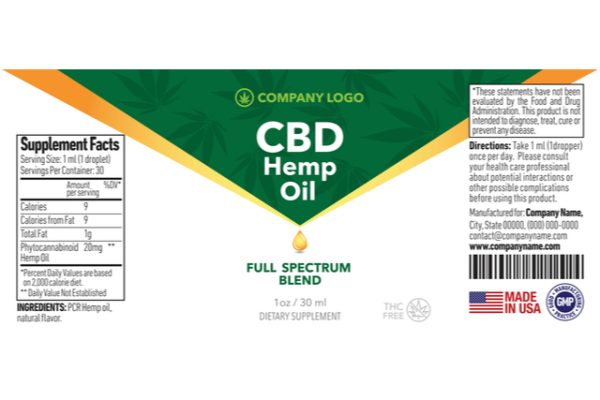
How to Read a CBD Product Label
Learn More
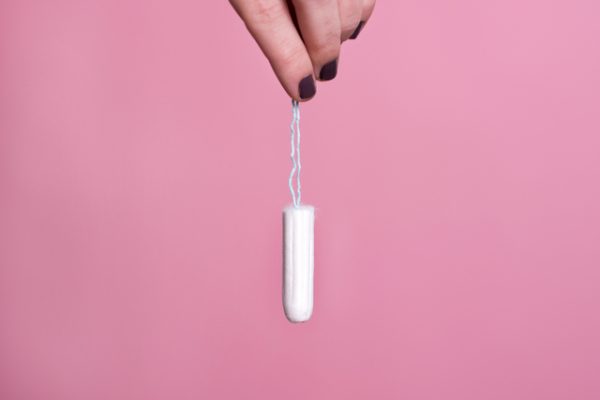
CBD Tampons: A Natural Solution for Period Pain
Learn More

CBD in Pennsylvania: What You Need to Know
Learn More

CBD & Yoga: A Guide to Get Started
Learn More

Everything You Need to Know About CBD Oil in Washington
Learn More
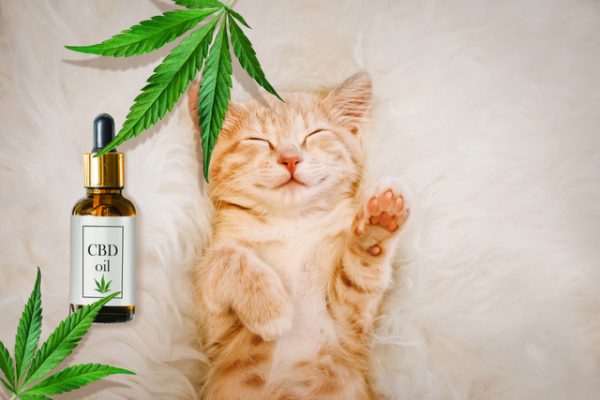
CBD Oil for Cats: What You Need to Know
Learn More
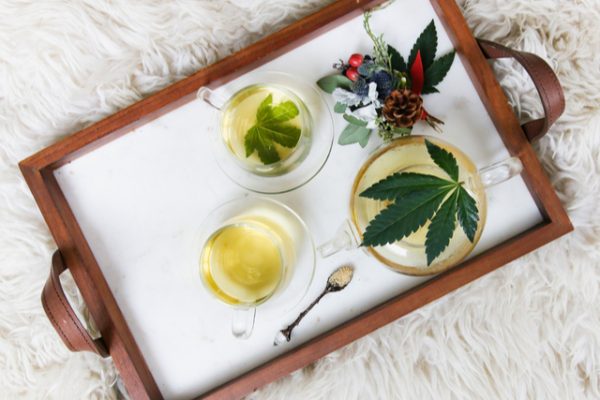
Guide to Hygge and CBD
Learn More
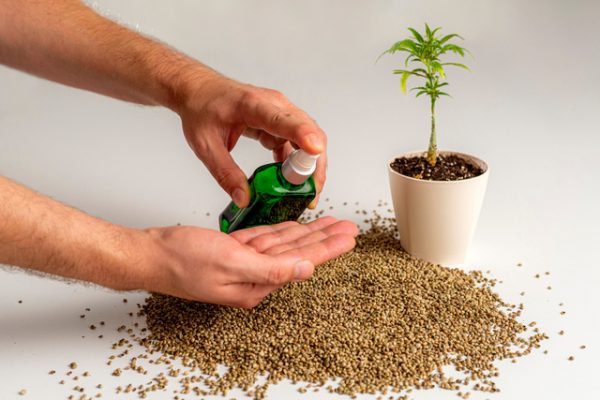
CBD Spray: Everything You Need to Know
Learn More
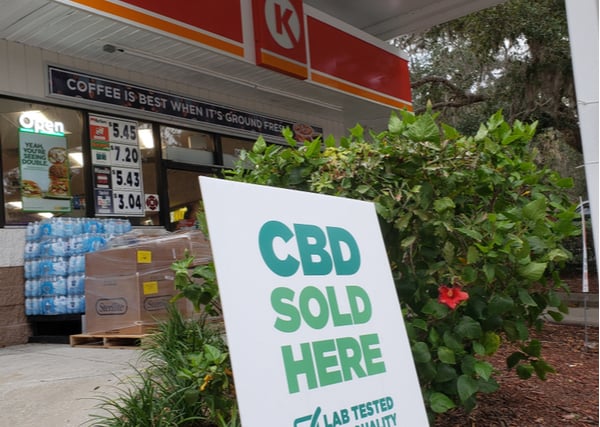
CBD Oil in Florida: Is it Legal?
Learn More
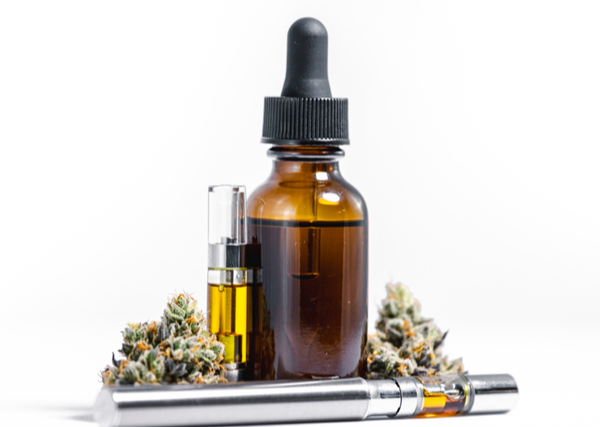
The Difference Between CBD Concentrate & CBD Vape Liquid
Learn More
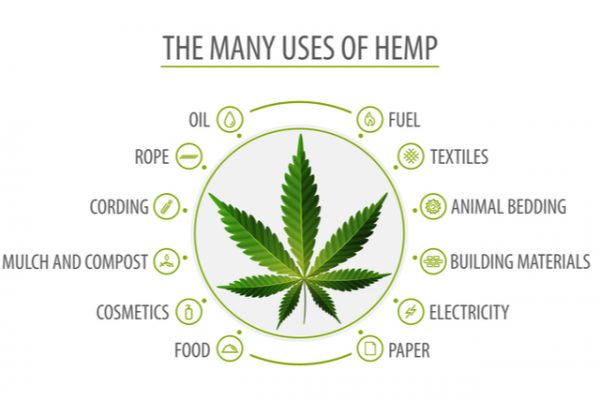
How Hemp Production Benefits the Environment
Learn More
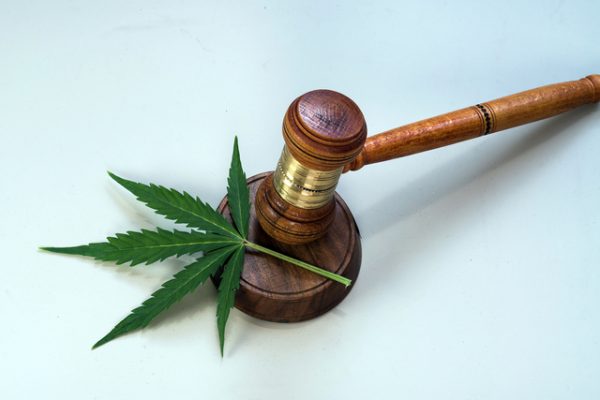
STAY LEGAL! 11 tips for travelling with CBD oil from someone with experience
Learn More
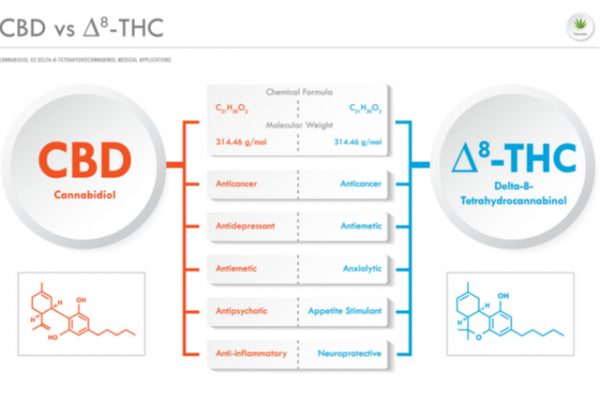
What’s the difference between buying delta 8 and buying CBD?
Learn More
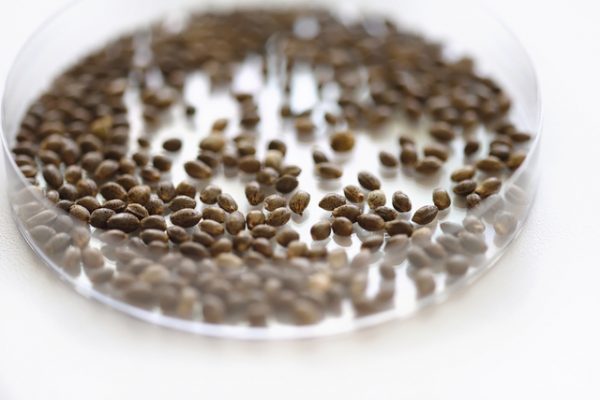
What does seed-to-sale CBD mean?
Learn More
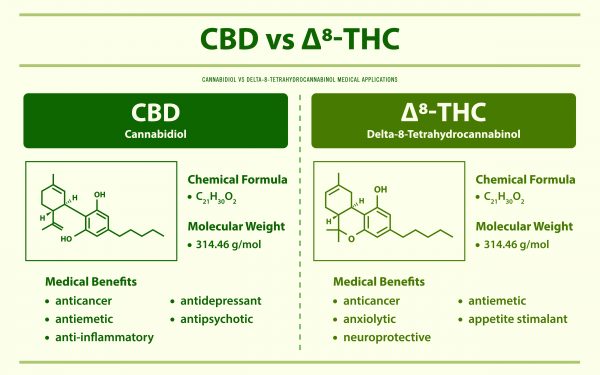
What is delta 8 THC?
Learn More

What’s in My CBD Oil? How to Read a CBD Certificate of Analysis (COA)
Learn More

What You Need to Know About CBD Oil in California
Learn More
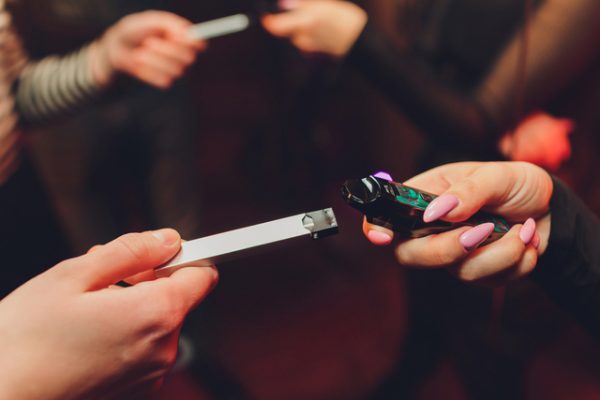
What is Nano CBD? Your Questions Answered
Learn More
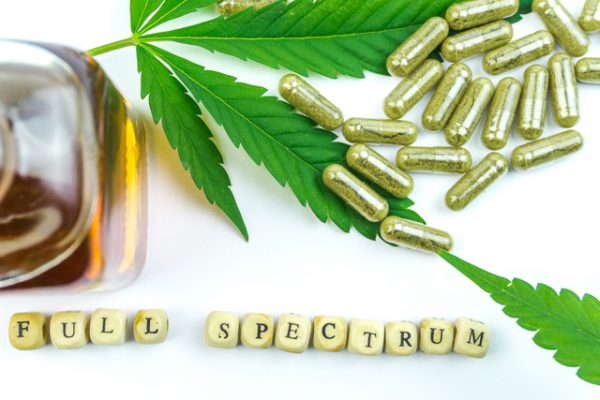
What is Full Spectrum CBD? What You Need to Know…
Learn More
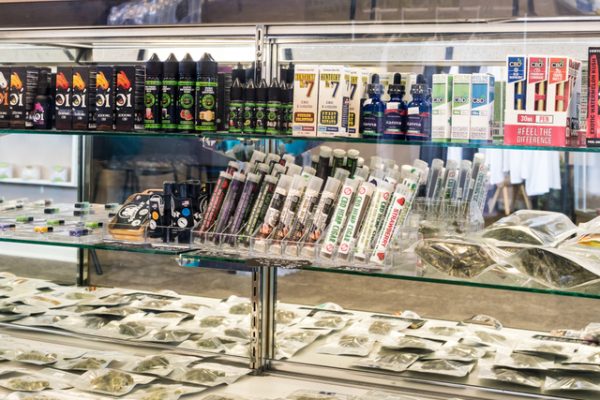
Everything You Need to Know About CBD Oil in Tennessee
Learn More
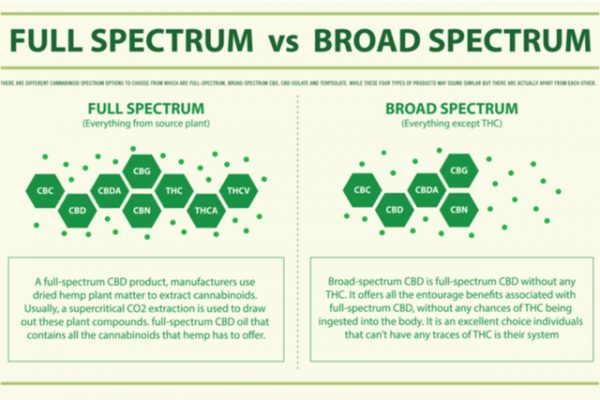
What’s the Difference Between Full Spectrum and Broad Spectrum CBD?
Learn More
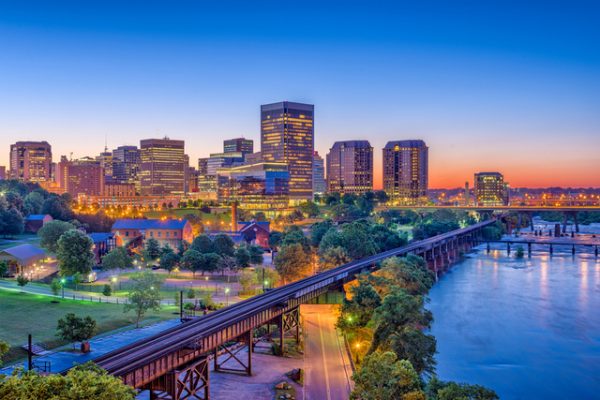
Everything You Need to Know About CBD Oil in Virginia
Learn More
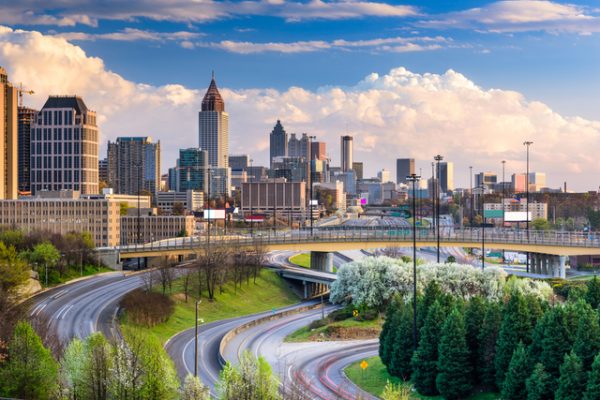
Everything You Need to Know About CBD Oil in Georgia
Learn More
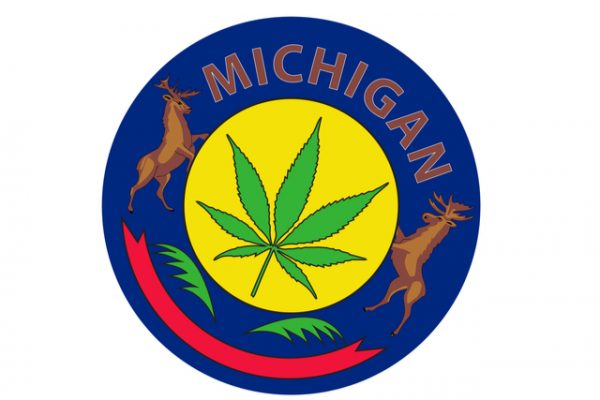
Everything You Need to Know About CBD Oil in Michigan
Learn More
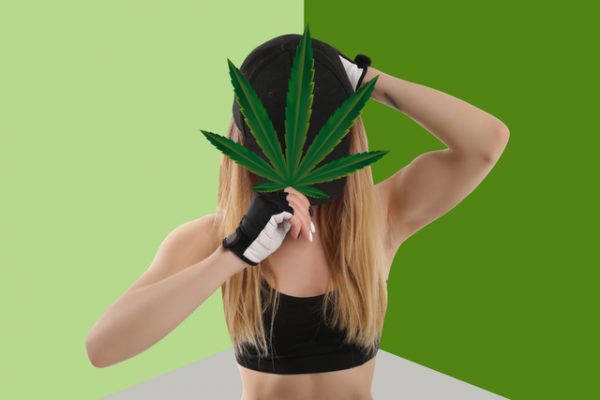
CBD and Soccer: Revolutionizing CBD Use in Sports
Learn More
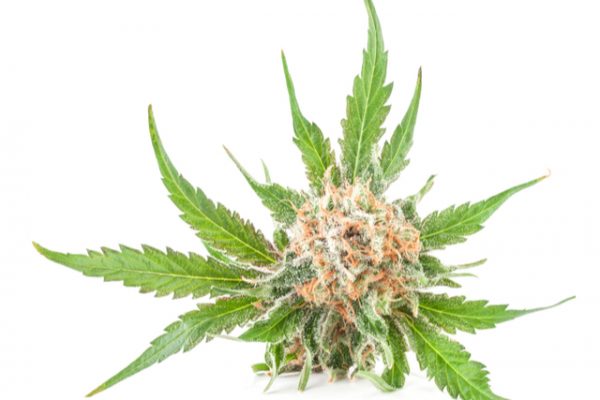
CBD Hemp Flowers
Learn More
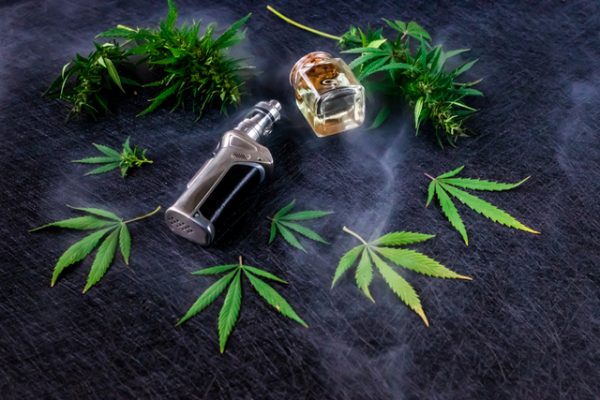
Smoking CBD vs Vaping CBD
Learn More
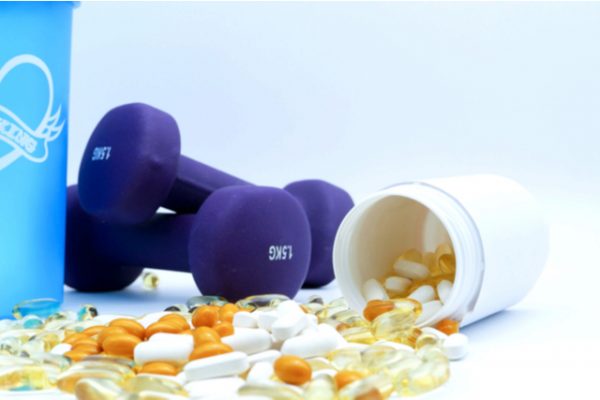
Taking CBD Pre-Workout
Learn More
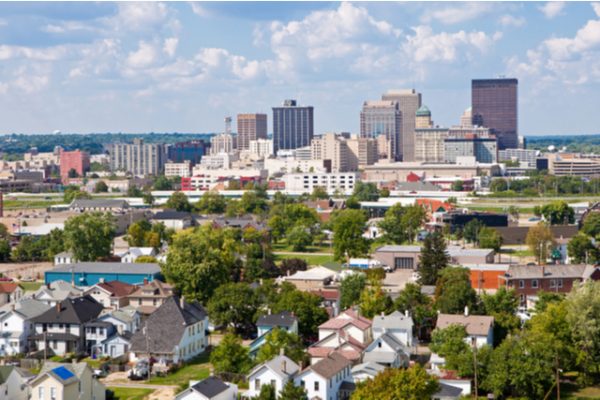
Everything You Need to Know About CBD Oil in Ohio
Learn More
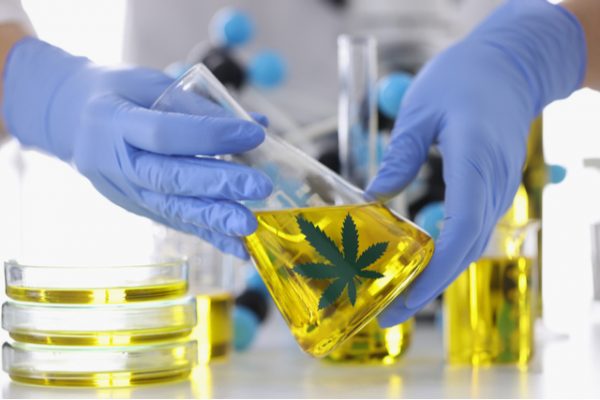
Potential Contaminants in CBD Oil: What You Need to Know
Learn More
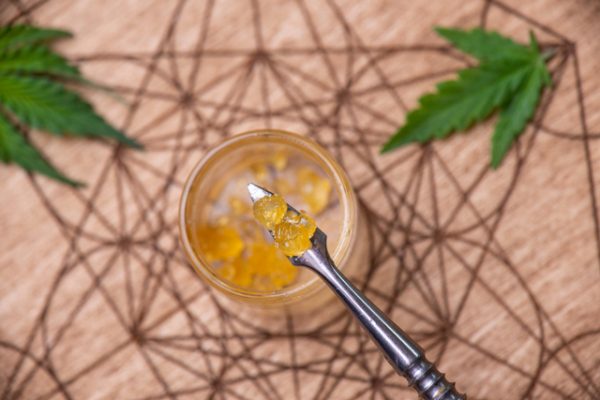
What is CBD Crumble?
Learn More
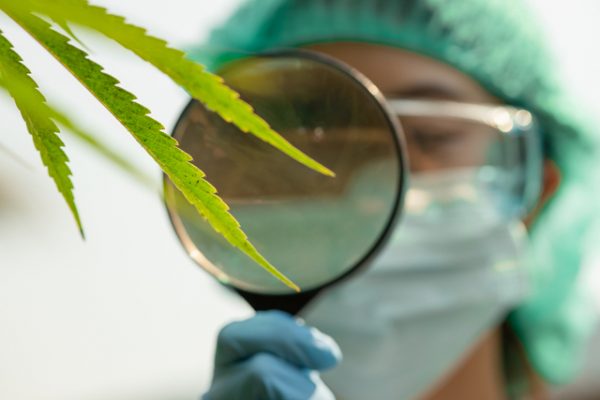
Investigating 2021 CBD Trends
Learn More
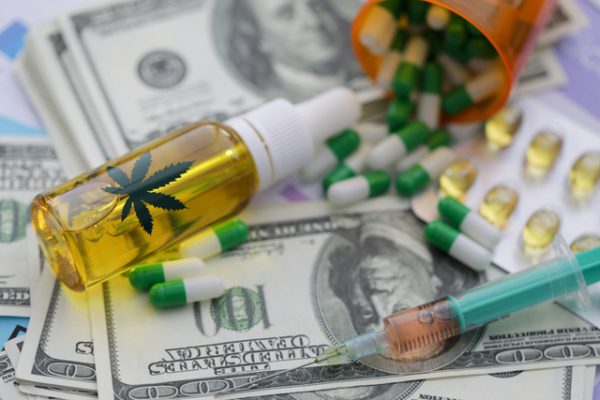
Wonder Why CBD Seems So Expensive?
Learn More
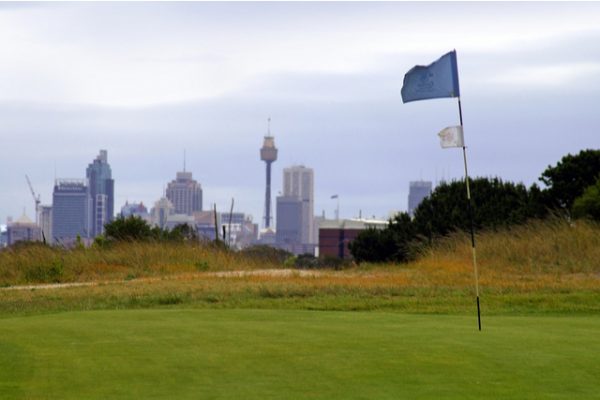
CBD for Golfers: What Every Golfer Needs to Know About Using CBD on The Course
Learn More

CBD for Rock Climbers
Learn More
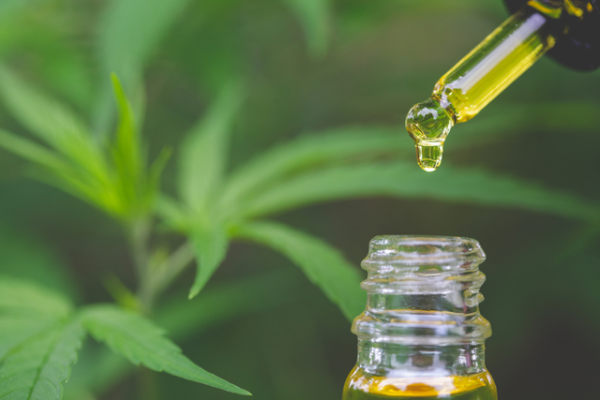
CBD Concentrates for Beginners: How to Get Started
Learn More
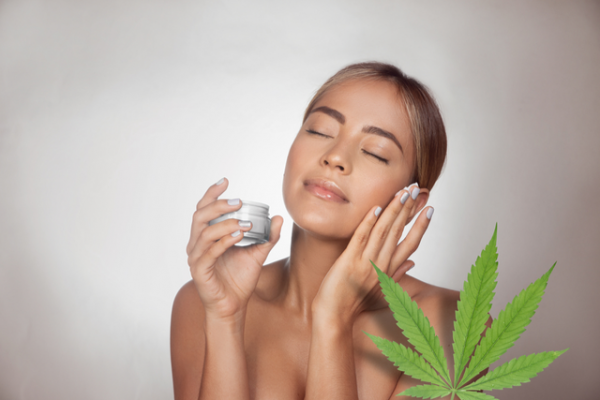
Benefits of CBD for Your Self-Care Practice
Learn More

Is CBD Oil Legal in Texas? | CBD Oil in Texas
Learn More
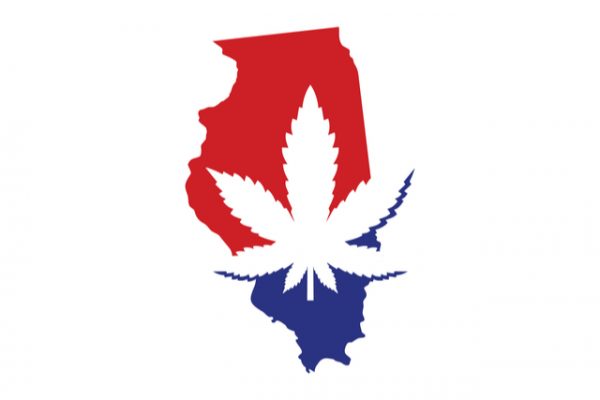
CBD in Illinois: What You Need to Know
Learn More

CBD for Runners
Learn More

Can you use CBD if you are sober?
Learn More
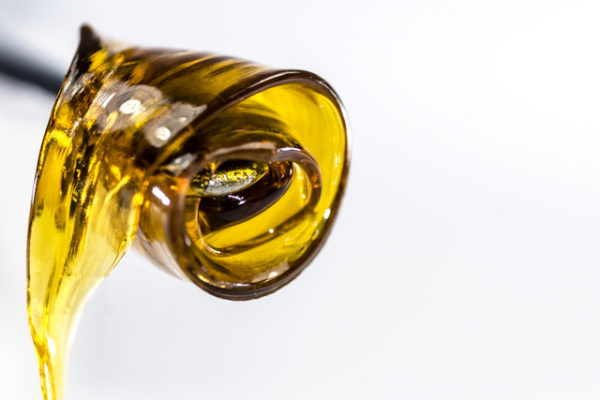
What Is CBD Wax and How to Use It?
Learn More
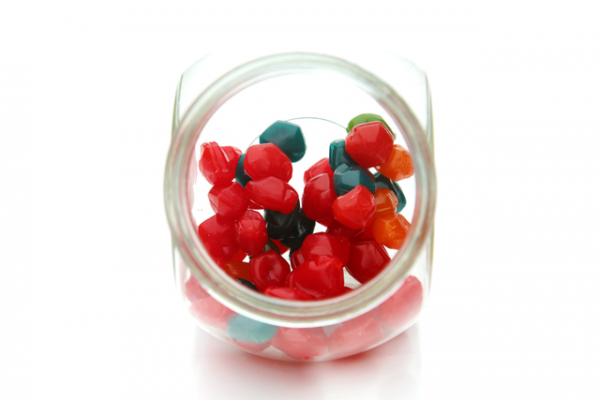
CBD Gum: Does it Actually Work?
Learn More
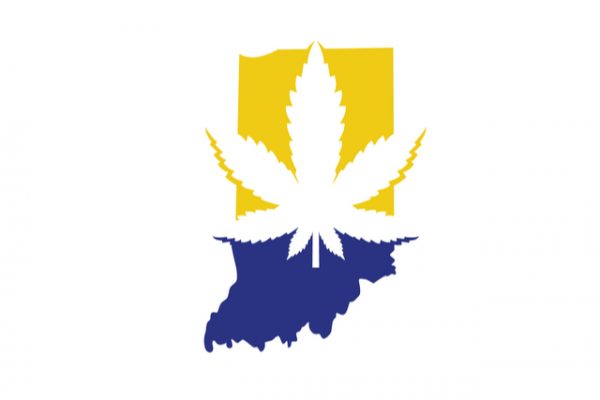
Everything You Need to Know About CBD Oil in Indiana
Learn More
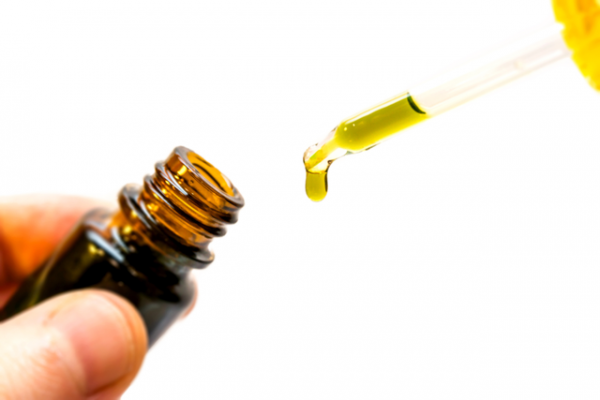
CBD and Parenting: Understanding The Best Options For Your Child
Learn More
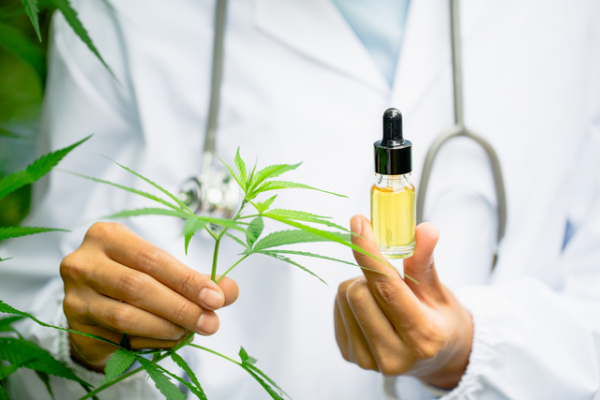
What You Need to Know About CBD & Birth Control
Learn More
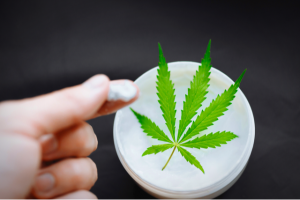
Complete Guide to CBD Topicals
Learn More
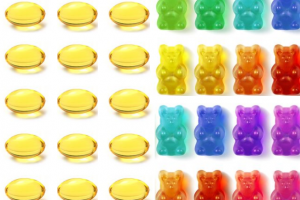
CBD Edibles vs. Capsules: Which Is Better?
Learn More
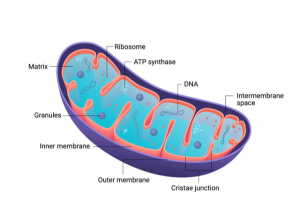
How Does CBD Oil Impact Cellular Function?
Learn More

A Mysterious Syndrome: What Is Cannabinoid Hyperemesis Syndrome (CHS)?
Learn More
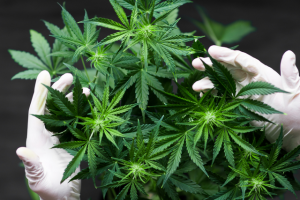
Industrial Hemp vs. High-CBD Marijuana: What It Means for Your CBD
Learn More

Can CBD Oil Help Resolve the Opioid Crisis?
Learn More

The Complete Guide to Cannabinoids
Learn More
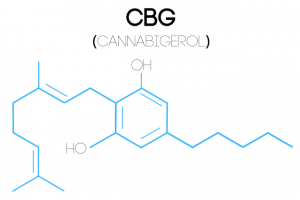
What Is CBG?
Learn More

How Long Does CBD Last?
Learn More
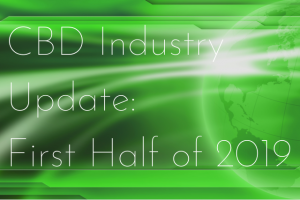
CBD Industry Update: First Half of 2019
Learn More
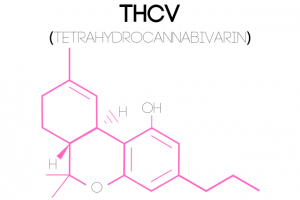
What Is THCV?
Learn More
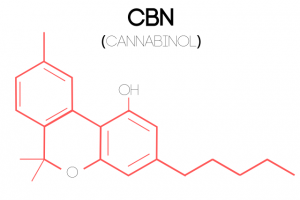
What Is CBN?
Learn More
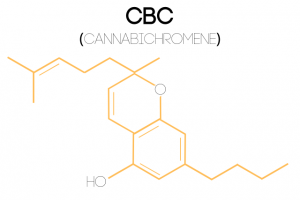
What is CBC?
Learn More
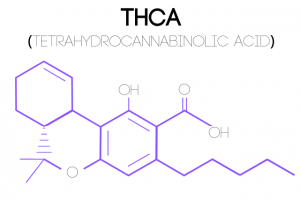
What Is THCA?
Learn More

Can You Use CBD Oil While Pregnant?
Learn More

What is THC?
Learn More

The Many Potential Benefits of Cannabidiolic Acid (CBDA)
Learn More
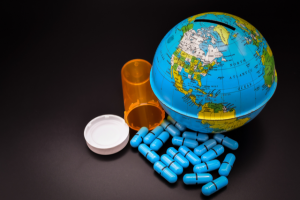
Plant-Based Medicine vs. Big Pharma: What It Means for Your CBD Oil
Learn More

Combining Essential Oils with CBD Oil: Maximizing the Benefits
Learn More

Can You Build a Tolerance to CBD?
Learn More
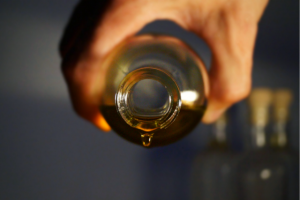
Is Potent Better When It Comes to CBD Oil?
Learn More

Dietary Supplements and CBD Oil: All You Need to Know from Vitamin A to Zinc
Learn More

Terpenes in CBD Oil: Why are they important?
Learn More
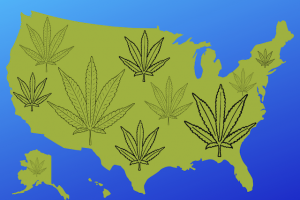
Is CBD Oil Legal in My State?
Learn More

Buying Hemp Oil on Amazon: What You Should Know
Learn More

Endocannabinoid Production in the Human Body
Learn More
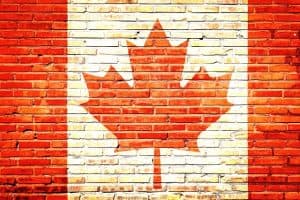
Cannabis in Canada: The Status of CBD Oil
Learn More

Your Guide to CBD Vape Oils and CBD Vapes
Learn More

7 Tips for Buying CBD Products
Learn More

Guide to CBD Vape Juice, Vape Oil, and E-Liquid
Learn More

CBD Flower: Everything You Need to Know
Learn More

Everything You Need to Know About CBD Oil Drops
Learn More
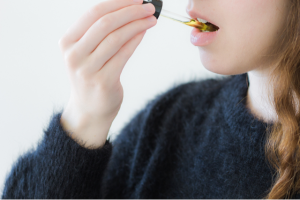
A Comprehensive Guide to CBD Tinctures
Learn More

CBD Gummies 101
Learn More

The Athlete’s Guide to CBD
Learn More

CBD Oil Microdosing: Everything You Need to Know
Learn More

CBD Oil for Tattoos: Pain, Nerves, and Aftercare
Learn More

CBD Oil vs. Hemp Oil: What’s the difference?
Learn More

Does CBD Oil Have Any Known Side Effects?
Learn More
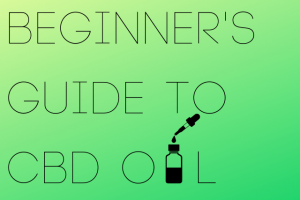
Beginner’s Guide to CBD Oil: How to Take CBD
Learn More

Using CBD Oil to Quit Smoking
Learn More
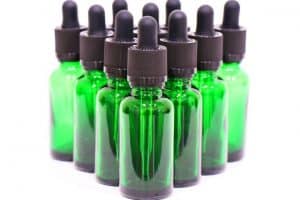
What’s the Difference? CBD Isolate vs. Full-Spectrum CBD Oil
Learn More

Is CBD Oil Safe for Children?
Learn More

The Women’s Guide to CBD Oil
Learn More

Does CBD Oil Affect Your Hormones?
Learn More
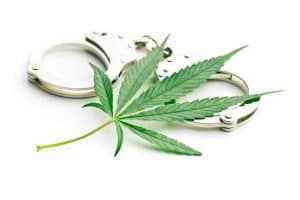
Is CBD a Schedule 1 Drug?
Learn More

Can CBD Oil Help Build Muscle?
Learn More
6 Smart Questions to Ask BEFORE You Buy CBD
Get the Ultimate CBD Buyer’s Guide and you won’t look at CBD the same way again!



 search
search